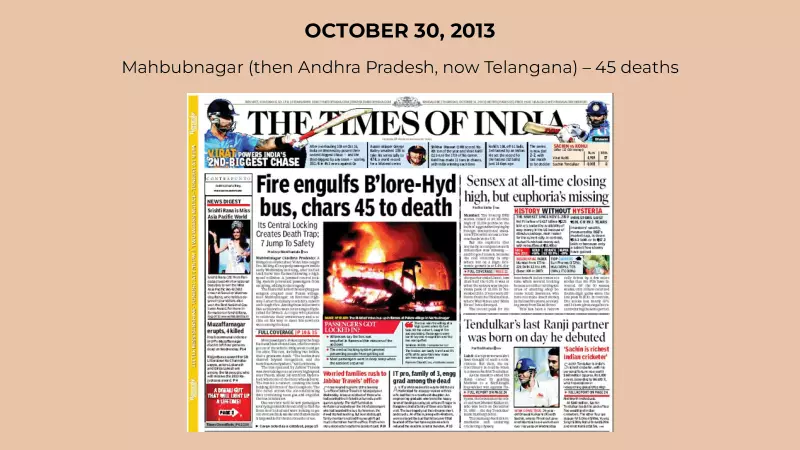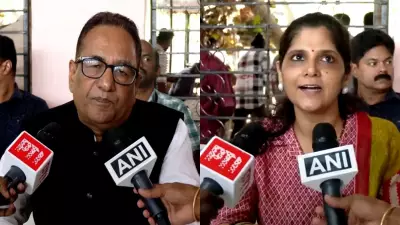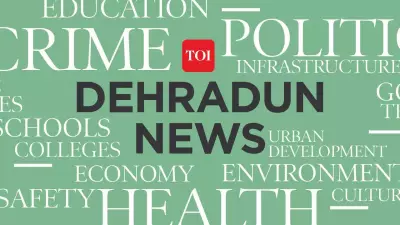
India's private intercity bus network, used by millions of travelers every day, continues to operate as rolling death traps despite numerous accidents and safety warnings. A deep investigation into the sector reveals a disturbing pattern of negligence and systemic failures that put passengers' lives at constant risk.
The Grim Reality Behind Comfortable Facades
Behind the shiny exteriors and promises of luxury travel lies a terrifying truth. These buses, often operated by private companies prioritizing profits over safety, lack basic safety features and maintenance protocols. From faulty brakes to worn-out tires, the vehicles that transport families across states are accidents waiting to happen.
Why Safety Takes a Backseat
The primary reason for this ongoing crisis is the complete lack of accountability in the system. Private operators face minimal consequences for safety violations, creating an environment where cutting corners becomes standard practice. Regular safety checks exist mostly on paper, with corruption enabling unfit vehicles to remain on the roads.
Critical Safety Failures Exposed
- Compromised structural integrity due to unauthorized modifications
- Overworked drivers forced to work excessive hours without proper rest
- Non-functional emergency exits and safety equipment
- Substandard tires and braking systems that fail during emergencies
- Inadequate insurance coverage leaving victims without proper compensation
The Human Cost of Negligence
Every year, hundreds of families are devastated by bus accidents that were entirely preventable. Survivors often face lifelong disabilities while grieving the loss of loved ones. The economic impact on affected families is catastrophic, with medical expenses and loss of income pushing many into poverty.
Why Change Remains Elusive
Despite repeated tragedies and public outrage, the situation shows no signs of improvement. Powerful lobbies, political connections, and systemic corruption ensure that meaningful reforms never materialize. State transport authorities lack the resources and will to enforce existing regulations effectively.
The Way Forward: What Needs to Change
- Strict enforcement of safety standards with zero tolerance for violations
- Regular, transparent vehicle inspections by independent agencies
- Driver welfare regulations ensuring adequate rest and working conditions
- Stronger accountability measures for operators and officials
- Modern safety technology implementation across all vehicles
The time for empty promises and temporary solutions has passed. Until passengers' safety becomes the non-negotiable priority, India's private intercity buses will continue to be death traps on wheels, claiming innocent lives in entirely preventable tragedies.





